
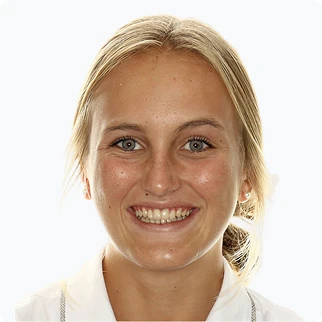
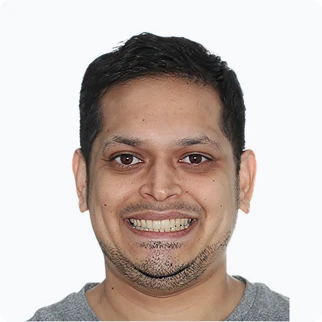
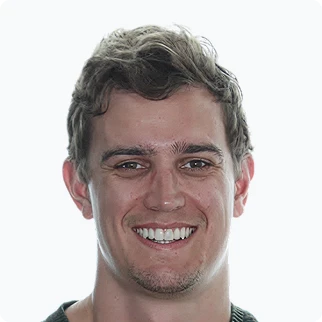





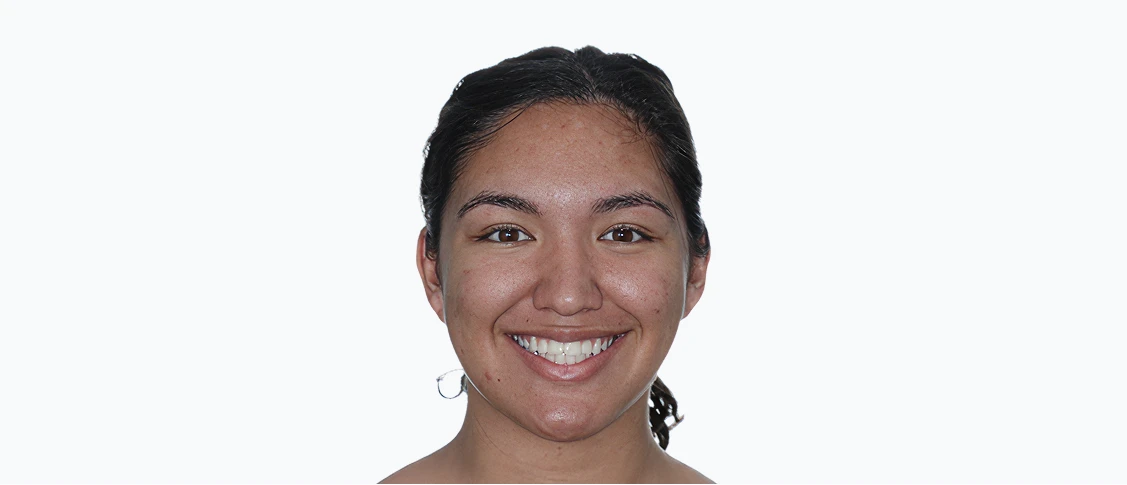
The top teeth are meant to fit over the bottom teeth like a lid. When a top tooth is behind a bottom tooth, it is called a cross bite.
Crossbites can cause uneven wear of the teeth and can also interfere with normal jaw closure causing the lower jaw to shunt forward or to one side. This could lead to abnormal growth of the lower jaw and /or jaw joint problems and pain.

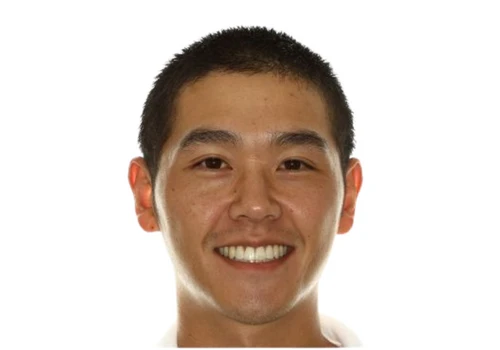
A deep bite, or excessive overbite, is when the upper top front teeth bite down further than they should, covering more of the bottom front teeth than is functionally ideal. With teeth closed, you would usually expect to see about 80% of the lower teeth.
Sometimes, a bite can be so deep that the bottom front teeth are not seen at all when a person is biting. This can cause severe wear of the lower front teeth as well as damage to the gums behind the top front teeth.

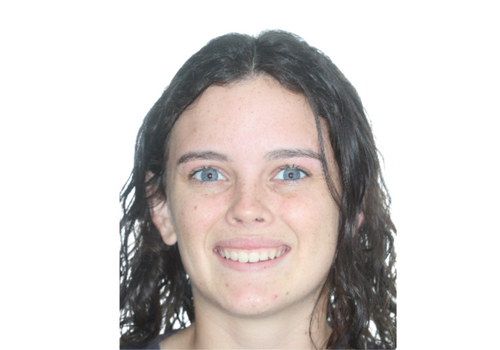
An underbite is when the bottom jaw sits further forward than normal – so when the teeth are closed, the lower front teeth sit in front of the upper front teeth.
This can cause uneven wear of the teeth and functional issues with chewing.
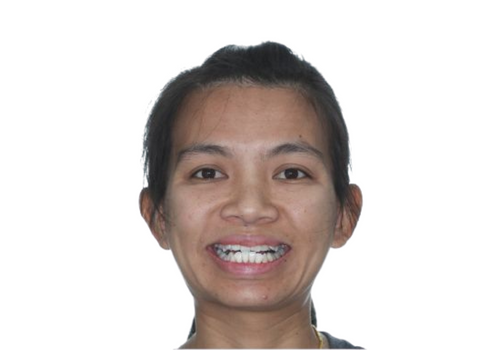
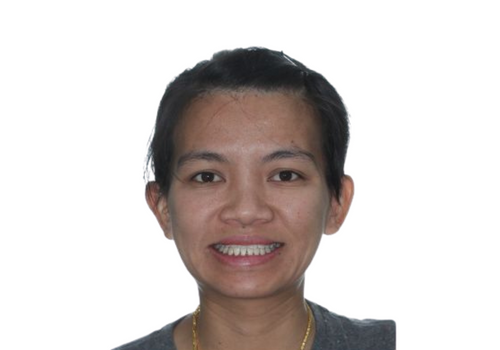
This is when there is too much space between the teeth. It is normal to have spacing between the baby teeth at the front of the mouth. In most cases these spaces close when the permanent teeth come in – around age 11 to 12.
Persistent space can be due to a disharmony of tooth size and jaw size. It can also occur when teeth are missing.
Spacing can be unaesthetic and in severe cases, can cause issues with speech – with air escaping between the teeth.


An open bite is when the top front teeth do not contact the bottom front teeth.
There are various causes of an open bite – it may be genetic (where the growth of the jaws are inherently in a direction away from each other), or it may be caused by a habit such as thumb sucking. It may also be caused by a forward resting tongue position or a habitual tongue thrust when speaking or swallowing.
This type of bite can cause difficulties with function, eating and speech. Depending on the severity of the open bite, treatment could consist of either orthodontics alone, or orthodontics in combination with jaw surgery.
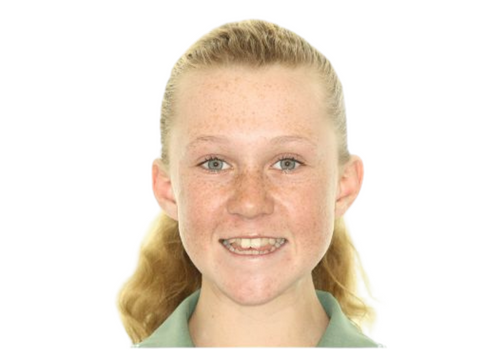
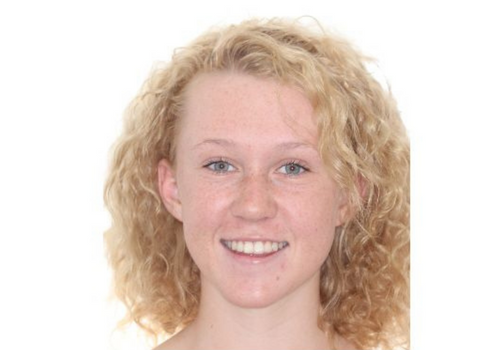
Also called ‘buck teeth’, protrusions is when the top front teeth are sitting too far forward compared to the bottom teeth. This can be due to the upper teeth being pushed too far forward, or possibly due to the lower jaw and lower teeth being too far back.
This can be a cosmetic issue, especially if the lower lip gets caught behind the upper teeth. There may also be associated speech and eating problems.
Also, protruding front teeth have a significantly high risk of being fractured or knocked out due to trauma.
To prevent the risk of damage, the treatment of protruding front teeth can commence as early as age 7, which is why it is important for children to see an orthodontist at an early age.
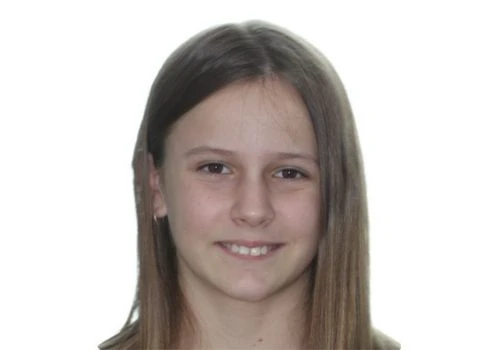

Butterfly Incisor teeth are quite common. They are severely twisted front teeth that are rotated inwards and often cast shadows on smiling. Sometimes it can appear as though teeth are missing or dark due to these shadows.


Small Jaw is where the upper front teeth and jaw project further forward than the lower teeth and jaw. There is a convex appearance in profile with a receding chin and lower lip. Small Jaw problems can be due to insufficient growth of the lower jaw, an over growth of the upper jaw or a combination of the two.
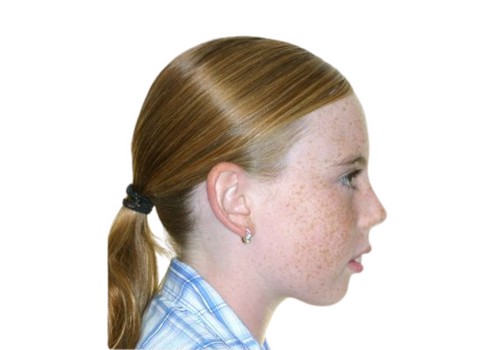
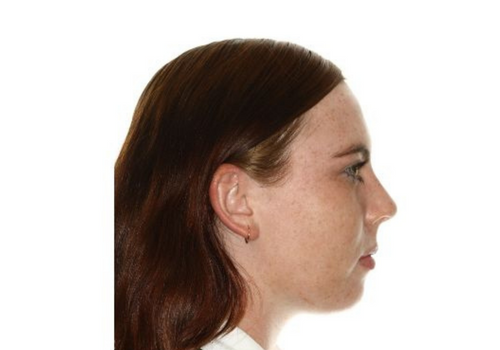
Large Jaw is where the lower teeth and jaw project further forward than the upper teeth and jaws. There is a concave appearance in profile with a prominent chin. Large Jaw problems are usually due to an overgrowth in the lower jaw, undergrowth of the upper jaw or a combination of the two.
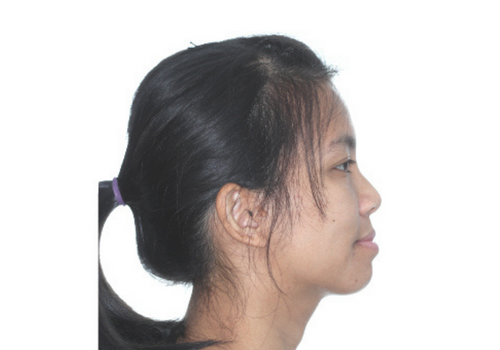
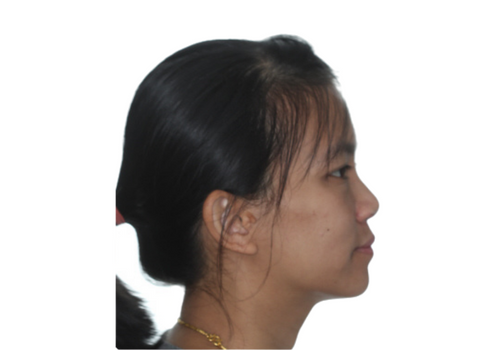
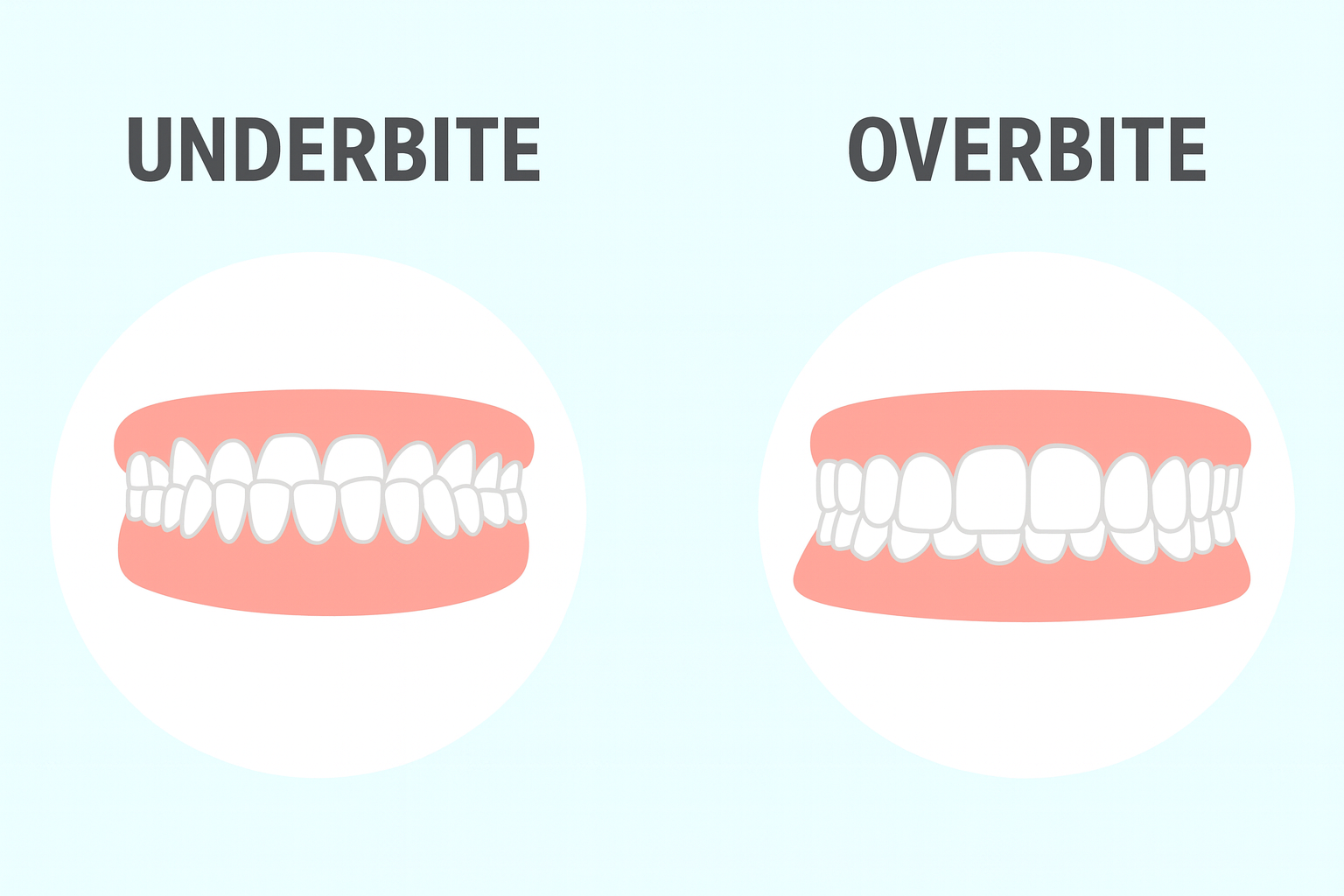
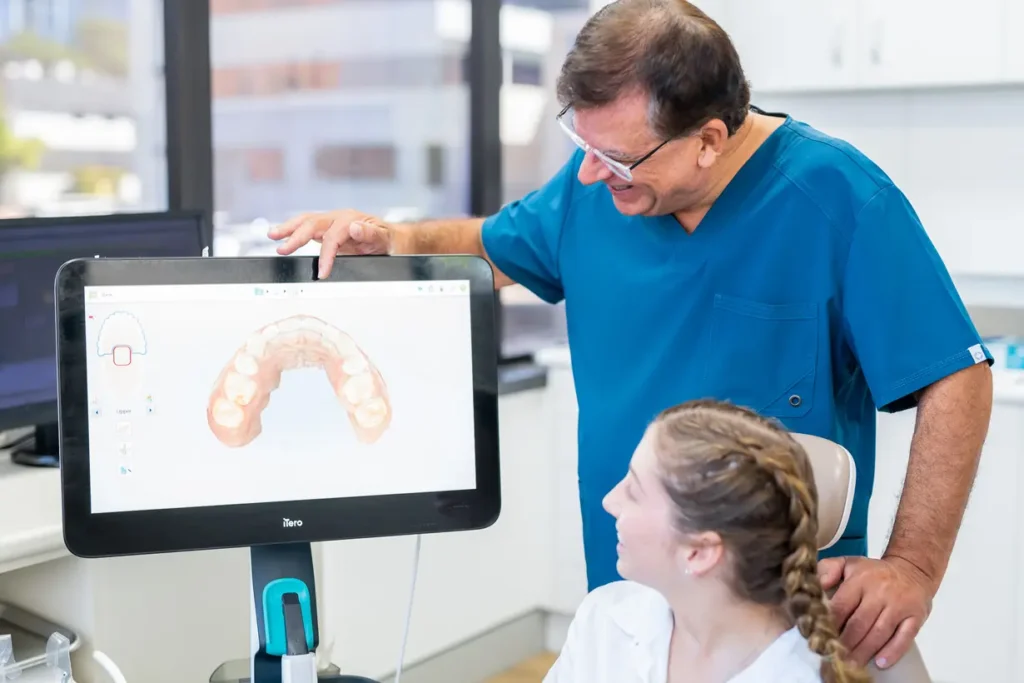

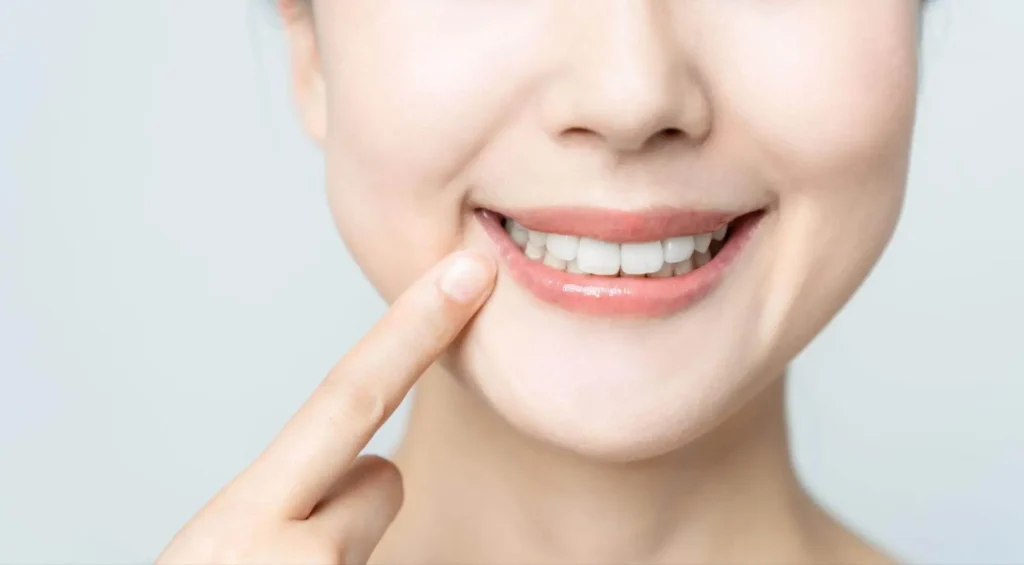
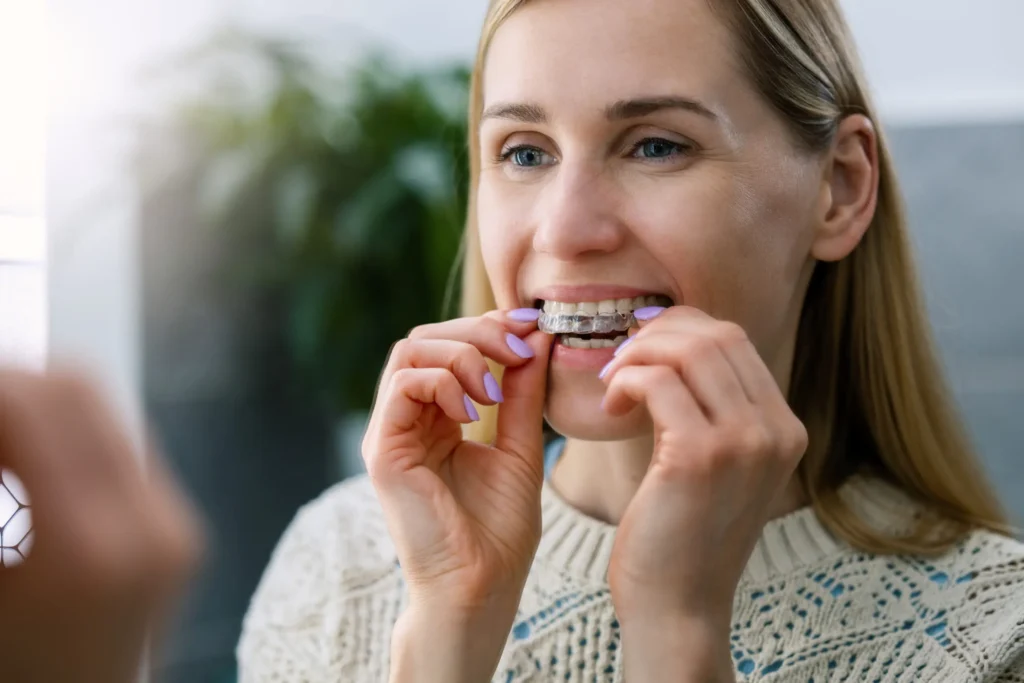
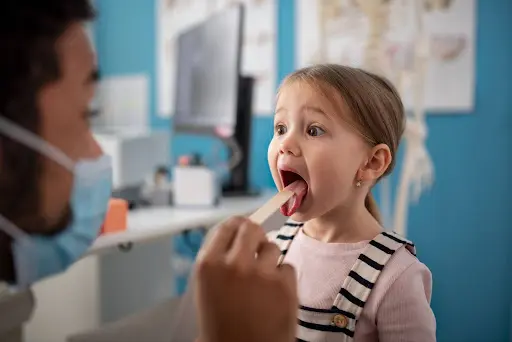

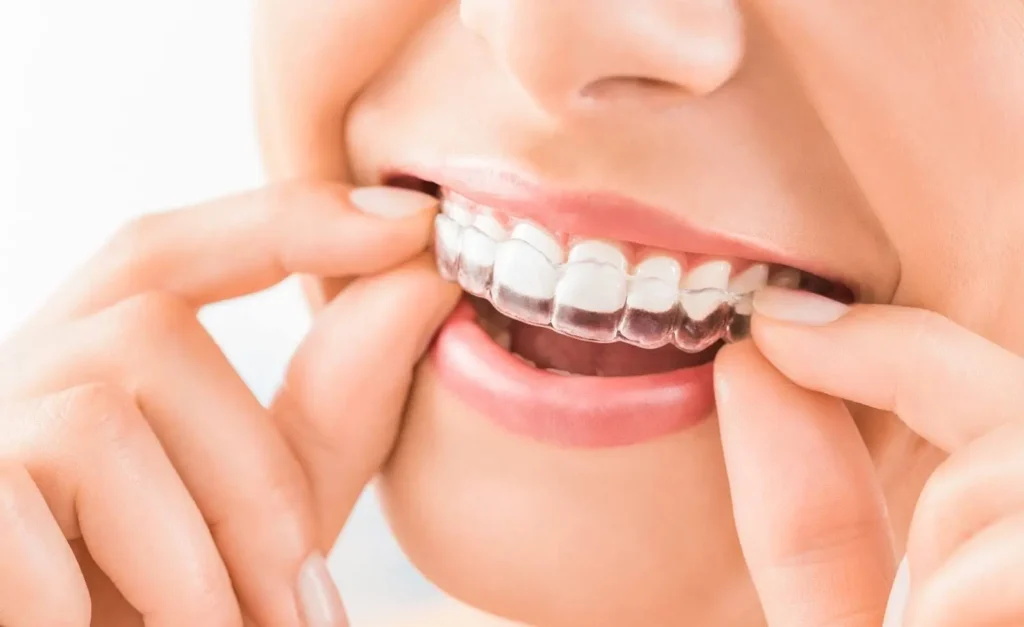

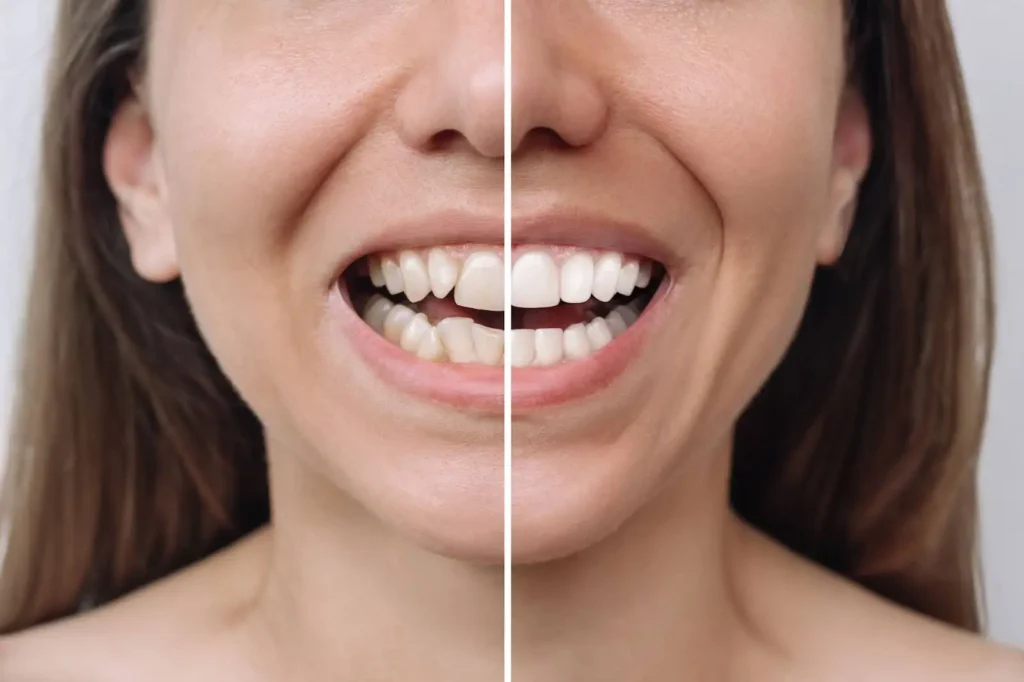


* We will endeavour to return your call within a few hours, or if a message is left over the weekend, the next business day
Orthodontics is the specialty of dentistry that focuses on the diagnosing, preventing and treating problems in the alignment of the teeth and jaws. Orthodontic treatment involves using braces, clear aligners plates, and other corrective devices to move teeth and jaws into normal alignment. It may involve changing the position of the teeth or modifying the way the jaw grows.
An orthodontist is a dentist who has undertaken an additional two or three years of full-time study and clinical training at university (usually a Masters degree) so they can specialise in orthodontics. This extra study is on top of the five years spent training as a general dentist. Orthodontists are the most qualified to diagnose, prevent and treat problems you may have in the alignment of your teeth and jaws.
No, a referral is not necessary to see a specialist orthodontist like Dr Gullotta. You should, however, have a general dental check-up before you start any orthodontic treatment. This is because there may be some dental problems eg dental decay or gum disease that may need to be addressed before orthodontic treatment can begin.
Dr Nino Gullotta is a leading Gold Coast Orthodontist with over 35 years of specialist experience. Over this time has delighted thousands of patients with exceptional orthodontic care. Dr Gullotta is also rated as one of the top 3 orthodontists on the Gold Coast according to threebestrated.com.au.
There is an unmetered 2P section out the very front of the building, however there are limited spaces. All other parking is 2P metered.
Check out our contact page for more details.
Orthodontic treatment is optimally initiated during adolescence (ideally between age 10 and 14) when growth spurts aid in addressing tooth and jaw alignment. In some cases, early intervention, starting around age 7, allows orthodontists to detect and treat issues before they become complex. Have a look at how to set your child up for their future and our Blog When Should a Child See an Orthodontist.
Nonetheless, the advantages of orthodontic treatment are not limited to adolescence. Many adults pursue orthodontic care for both dental health and aesthetics, emphasising that it’s never too late to improve one’s smile. Read our Blog on 5 Reasons why 20 Somethings are Having Orthodontic Treatment.
Orthodontic treatment offers several benefits for children, including:
There are various orthodontic treatment options available for children, including:
The duration of orthodontic treatment can vary depending on the complexity of the issues being addressed. In general, treatment can last anywhere from several months to a few years. The orthodontist will provide a more accurate estimate after assessing your child’s specific case. The treatment process typically involves regular appointments to adjust braces, aligners, or other orthodontic appliances. These appointments ensure that the teeth are moving as planned and that the treatment is progressing effectively. It’s important to follow the orthodontist’s recommendations and maintain good oral hygiene to help expedite the treatment process.
Your first appointment with Dr Nino Gullotta is totally free, and you will be given valuable advice based on Nino’s wealth of experience. Why not book your free appointment today and start your journey to a new brilliant smile with us…